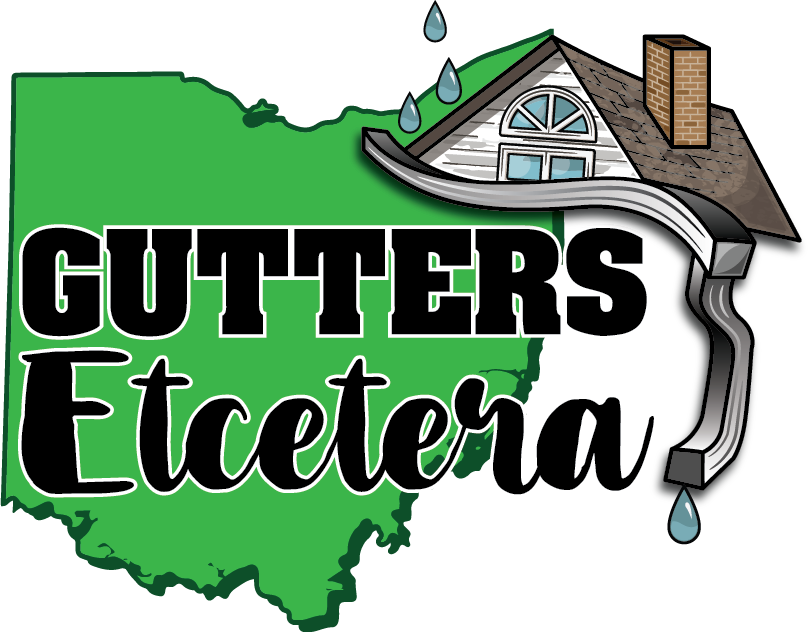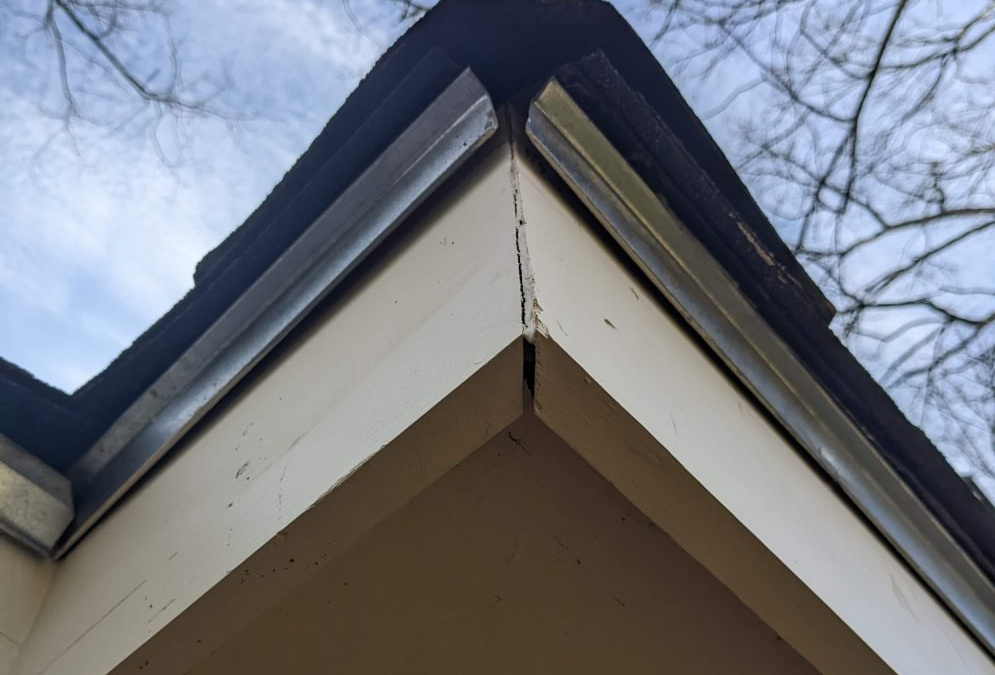Gutter drip edge is an essential element of a well-designed roofing and gutter system, playing a crucial role in directing rainwater away from your home’s vulnerable areas. In this comprehensive guide, we explore every aspect of gutter drip edge—from understanding its purpose and benefits to selecting the right materials and maintaining it for optimal performance. Gutters Etcetera from Cincinnati, Ohio, is proud to share this purely informational content to help homeowners protect their properties, without making any commitments or promises regarding service offerings.
What is a Gutter Drip Edge?
A gutter drip edge is a thin strip of metal installed along the edge of a roof to direct rainwater into the gutter system. Its main function is to ensure that water flows off the roof properly, preventing it from seeping behind the gutters and causing potential damage. By channeling water away from the fascia and roof deck, the drip edge protects the structural integrity of your home and minimizes the risk of water damage.
The Importance of a Gutter Drip Edge
Preventing Water Damage
One of the primary benefits of a properly installed gutter drip edge is its ability to reduce water damage. By ensuring that rainwater is directed into the gutters rather than over the roof edge, it helps to:
- Prevent Wood Rot: Water accumulation can lead to decay in wooden fascia and soffits.
- Avoid Roof Leaks: Proper water diversion minimizes the chance of water penetrating beneath roofing materials.
- Reduce Erosion: Keeping water off the roof edge prevents erosion that could compromise the structure over time.
Enhancing Gutter Efficiency
A drip edge is instrumental in maintaining the overall efficiency of your gutter system. It works by:
- Improving Water Flow: Ensuring that water is efficiently channeled into the gutters, even during heavy rainfall.
- Preventing Overflow: Helping to manage water volume during storms and reducing the risk of gutter overflow.
- Protecting Roofing Materials: By keeping the water away from the roof edge, it helps to extend the lifespan of shingles and other roofing components.
Extending Roof Lifespan
Consistent water redirection through an effective drip edge not only protects the gutter system but also preserves the condition of your roof. This means fewer repair issues over time, and a longer-lasting roofing solution that saves homeowners from costly replacements.
Materials Commonly Used for Gutter Drip Edges
Selecting the right material for your gutter drip edge is crucial for ensuring durability and performance. Here are the most common materials used:
Aluminum
- Durability & Cost: Aluminum is a popular choice because it offers a good balance of durability and affordability. It resists rust and can withstand various weather conditions.
- Ease of Installation: Its lightweight nature makes it easier to cut and install, which is beneficial for both professional installations and DIY projects.
Copper
- Aesthetic Appeal: Copper provides a unique, elegant look as it develops a natural patina over time.
- Longevity: Known for its exceptional durability, copper is ideal for homeowners looking for a long-term solution, although it comes at a higher cost.
Vinyl
- Budget-Friendly: Vinyl drip edges are a cost-effective alternative suitable for areas with less extreme weather conditions.
- Maintenance: While they may require more frequent replacement compared to metal options, vinyl drip edges can still be a viable option for those on a tight budget.
Comparative Overview
- Durability: Metals like aluminum and copper generally outperform vinyl in longevity.
- Maintenance: Aluminum and copper are low-maintenance, while vinyl may need more attention in harsher climates.
- Aesthetics: Copper offers a premium look, whereas aluminum provides a clean, modern appearance; vinyl is best for budget-conscious projects.
The Installation Process: Key Steps
Pre-Installation Preparation
Before starting the installation, assess your roof and gutter system by considering:
- Roof Pitch: The angle of your roof affects water flow and the effectiveness of the drip edge.
- Gutter Alignment: Ensure that the drip edge will correctly align with your gutter system.
- Material Compatibility: Choose a material that complements your roofing material and local climate conditions.
Step-by-Step Installation
- Measuring the Roof Edge: Accurate measurements are crucial to determine the correct length of the drip edge.
- Cutting the Material: Once measurements are obtained, cut the chosen material (aluminum, copper, or vinyl) to size.
- Securing the Drip Edge: Fasten the material along the roof edge, ensuring it overlaps the fascia and directs water into the gutter.
- Final Sealing: For added protection, apply a sealant along the edges to prevent any water leakage.
DIY Considerations
While a DIY installation is possible, it requires precision and the right tools. Homeowners should carefully assess the challenges, such as handling sharp materials and ensuring proper alignment, before proceeding on their own.
Maintenance and Repair Guidelines
Routine Inspections
Regular inspections of your gutter drip edge can help catch issues early on. Look for signs such as:
- Rust or Corrosion: Especially on metal drip edges, which can weaken the structure.
- Loose or Misaligned Sections: Ensure the drip edge remains securely fastened to the roof.
- Water Pooling: Check for any signs of water accumulation that might indicate improper water flow.
Cleaning and Debris Removal
Debris like leaves, twigs, and dirt can accumulate along the drip edge and affect its performance. Regular cleaning helps maintain the free flow of water and prevents clogs in the gutter system.
Addressing Repairs
If you notice any damage:
- Replace Damaged Sections: Promptly replace any corroded or bent parts to prevent further damage.
- Secure Loose Areas: Refasten any loose sections to ensure continuous water protection.
- Apply Protective Coatings: Consider using a rust inhibitor on metal drip edges to extend their lifespan.
Debunking Common Myths about Gutter Drip Edge
Myth 1: Drip Edges Are Unnecessary
Some homeowners assume that gutters alone are sufficient for water management. However, without a drip edge, water can bypass the gutter system and cause damage to the roof and fascia.
Myth 2: All Drip Edges Are the Same
The quality and effectiveness of a drip edge depend on the material used and the installation process. Understanding the differences between materials such as aluminum, copper, and vinyl can help you make an informed decision.
Myth 3: Installation Is a Simple Task
While installing a drip edge might appear straightforward, the process involves careful planning and precise measurements. Factors like the roof’s pitch and local weather conditions can complicate the installation, making professional advice valuable.
Choosing the Right Drip Edge for Your Home
Assessing Your Needs
When selecting a drip edge, consider:
- Local Climate: Cincinnati’s weather can be unpredictable, so choose materials that can withstand heavy rain, snow, or hail.
- Budget Considerations: Balance cost with long-term benefits—investing in durable materials might save money on future repairs.
- Aesthetic Preferences: The appearance of your drip edge should complement your home’s overall look.
Evaluating Material Options
- Aluminum: Offers a good mix of durability and cost-effectiveness.
- Copper: Ideal for those seeking a premium, long-lasting solution with unique visual appeal.
- Vinyl: Suitable for budget-conscious homeowners in milder climates.
Research and Expert Advice
Before making a decision, review manufacturer specifications, read expert reviews, and consider customer feedback. This comprehensive approach ensures that your chosen drip edge meets both functional and aesthetic requirements.
Conclusion
A gutter drip edge is a fundamental component of an effective roofing and gutter system, protecting your home by directing water away from vulnerable areas. It not only enhances gutter efficiency but also plays a critical role in extending the lifespan of your roofing materials. This guide has provided an in-depth look at what a gutter drip edge is, its benefits, various material options, installation processes, and maintenance tips—all shared purely for informational purposes.
Gutters Etcetera from Cincinnati, Ohio, hopes that this guide empowers you with the knowledge necessary to make informed decisions about your home’s gutter system. By understanding the importance of a properly installed and maintained drip edge, you can better safeguard your property against water damage and ensure your home remains in optimal condition for years to come.

